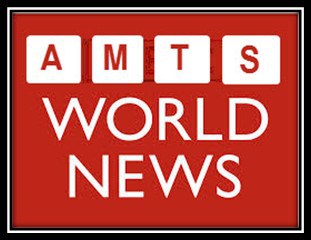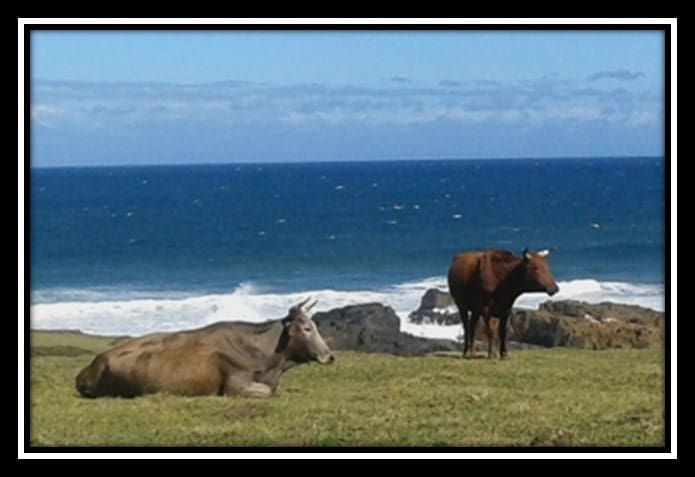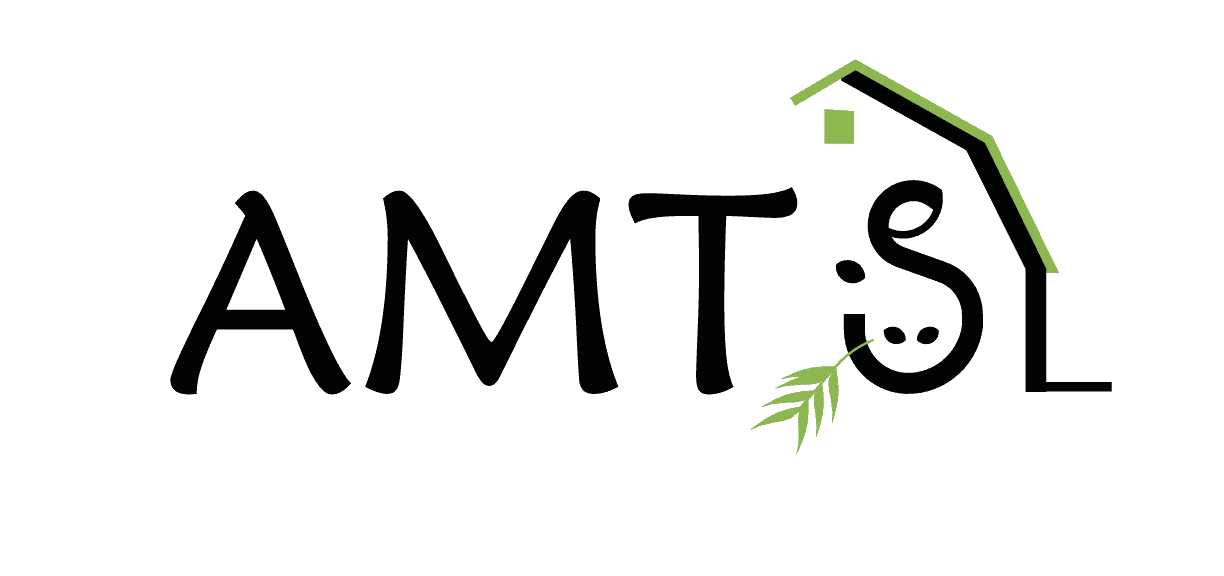
Here in the Northeast part of the United Sates where most of the AMTS team lives, we experienced a cold, snowy, and, seemingly, very long winter. There is much that can be debated about Global Climate Change and whether it actually was unusual or whether the last decade was unusual; whatever the case, it gave me plenty of time to work on a pet project. With lots of help from the team and quite a bit of assistance from really smart people outside the AMTS family, we have put together a nifty collect of documents we have dubbed The Academic Packet.

Yup, I am pretty chuffed. Over the past 8 or so years of AMTS’s existence, Tom and Lynn (primarily) have given loads of presentations about using the program, using the model, formulation, how the biology works, how the biology is different, etc. All this information was in various formats on numerous computers. Added to that, we have a number of Academic users who are provided with free use of the program as they use it in teaching situations. Knowing a few university professors and how stressed they are for time to learn and initiate a new program in their teaching courses, we thought it would be useful if we pooled our model and program tutorials, along with some helpful guidelines, all into one tidy package. Sort of like a catalyst for nutrition courses.
We like it because, as Tom, Vijay, and Caroline all had a hand in developing the CNCPS Model—they, naturally, feel it is the best way to feed cattle. Proficient users are able to formulate diets that will be spot on with little excess nutrients being wasted (and by default excreted into the environment). As world population continues to increase so does world food needs; concurrent with these increases is the added pressure for food systems to have minimal detrimental effects on the planet. As animal agriculture comes under increasing scrutiny for its contribution, we want as many producers as possible using the CNCPS Model to alleviate over consumption (and excretion) of nutrients for given levels of production. Our belief that by offering the program, bundled with support and training documents, and personal assistance as a no cost package, we will help teachers who are training the next generation of nutritionists adopt the model into their core curriculum.
Because the mission this initiative is really bigger than our company we were able benefit from generous input from outside nutritionists as we brought together the elements of this package. Dr. Mike VanAmburgh (Cornell) and Dr. Michel Wattiaux (UW-Madison) shared their classroom exercises with us. Using their labs as guidelines, we are able to include labs, adapted to our program, in the packet. We also snagged some novice CNCPS users (also known as students) to proof and test our adapted labs. My daughter, Sarah, who was taking the Cornell Spring Dairy Nutrition class, would run her homework through both programs. She especially liked the ease-of-use upgrades, like the ability to sort for feeds. Dr. Tom Overton (Cornell) was very supportive and helpful to her in this venture. Dr. Joe Harrison (WSU) gave us valuable pointers based on his experience as he used CNCPS in his classroom. In adapting and creating the PowerPoint presentations that explain the biology behind the model, Dr. Larry Chase (Cornell), Dr. William Prokop (Director of Operations, Cornell University Ruminant Center) and Samuel Fessenden (PhD student, Cornell) provided clarity, additional insight, and sent me running multiple times to the originating papers for information about the equations behind the numbers. Their hours working with me was especially helpful as I created the elements that went into the packet.

We have contacted our Academic license holders with the announcement of the rollout of the Academic Packet. For any user who did not receive an email about this over the weekend, please contact me, mariann@agmodelsystems.com and I will add you to my list. If, as an instructor not yet using our program, please feel welcome to contact me for more information. I will also be available at ADSA to meet and review packet components. Contact me to set up an appointment.
